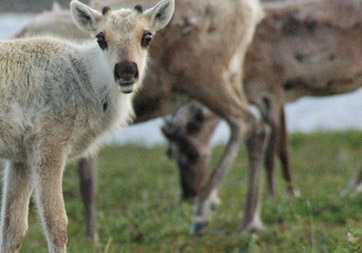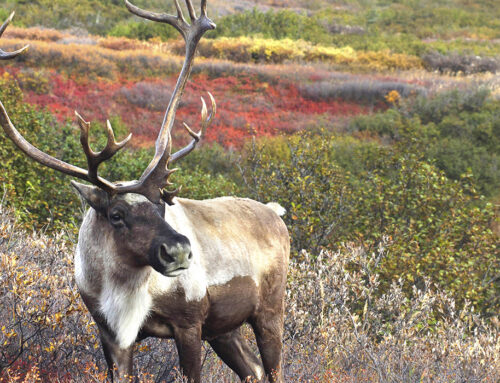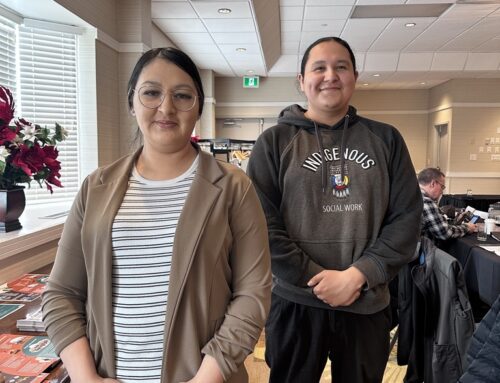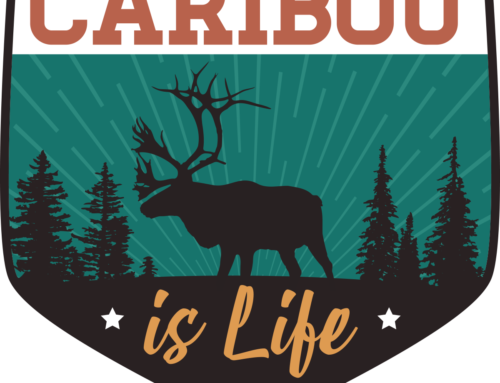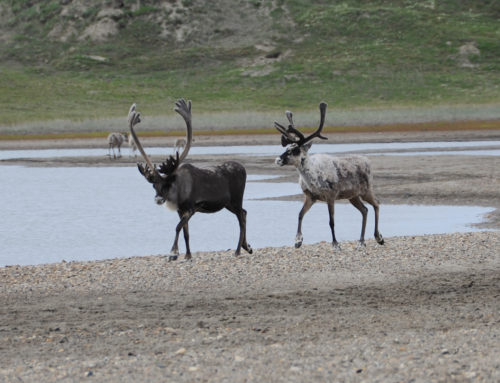BQCMB develops 5-point action plan to address key factors
May 26, 2016 – The BQCMB wrapped up its 81st meeting in Saskatoon, Saskatchewan May 10-12 with a clear message: more needs to be done to conserve the Qamanirjuaq caribou herd.
This message resulted from the Board’s recent vulnerability assessment of the herd, which was conducted according to the BQCMB 2013-2022 management plan for the Beverly and Qamanirjuaq herds. The preliminary 2015 assessment result was revised to incorporate additional information provided by board members at their November 2015 meeting. The adjusted result, finalized and approved at the spring 2016 meeting, rated the Qamanirjuaq herd’s vulnerability as “medium-high”.
BQCMB Chair Earl Evans said this relatively high vulnerability level prompted the Board to develop a 5-point plan to address some of the main factors that contribute to the herd’s vulnerable state. In the coming weeks and months, the Board will undertake initiatives related to:
- Best practices for harvesters – Improve harvest information; promote harvest protocols being developed and supported by caribou range communities; advocate for minimum wastage; and encourage bulls-only harvest when herds are declining.
- Habitat protection – Continue to recommend minimizing disturbance of habitat and protecting the calving ground, post-calving area and key water crossings.
- Communication and education – Increase communication with caribou harvesters, specifically youth, by providing messages from elders about ways to respect caribou and the land, in video format.
- Best practices for industry – Provide mineral exploration and air charter companies with information about cumulative effects on caribou, and seek cooperation of airlines to report on shipping of caribou meat.
- Information for management – The Board passed a motion recommending that the Government of Nunavut conduct a full population survey of the Qamanirjuaq herd in 2017.
Evans stressed that any management actions the Board recommends are not only to protect the caribou, but also the people that use the caribou. “It’s important to prepare people so they know that recommendations on harvest of the Qamanirjuaq herd may be coming,” he said. “People were caught by surprise by the Bathurst caribou situation. Now that herd has declined so much people don’t have caribou and there are concerns that this situation could become permanent if the herd becomes so small it can’t recover.”
“If you don’t learn from history, you are doomed to repeat it,” he quoted. “Now is the time for the Board to really ramp up its educational messages that caribou herds may not last forever unless people do everything they can to help caribou now.”
A reconnaissance survey to be conducted on the Beverly caribou herd‘s calving grounds in June 2016 will provide key information about how the herd is doing. Board members will use this information, along with additional traditional, local and scientific knowledge about caribou and other key indicators, to assess the vulnerability level of the Beverly herd at the next BQCMB meeting in Winnipeg, Manitoba November 15-17, 2016.
